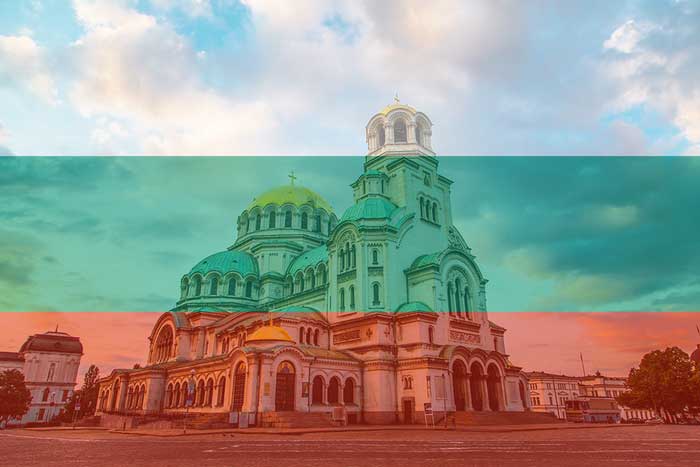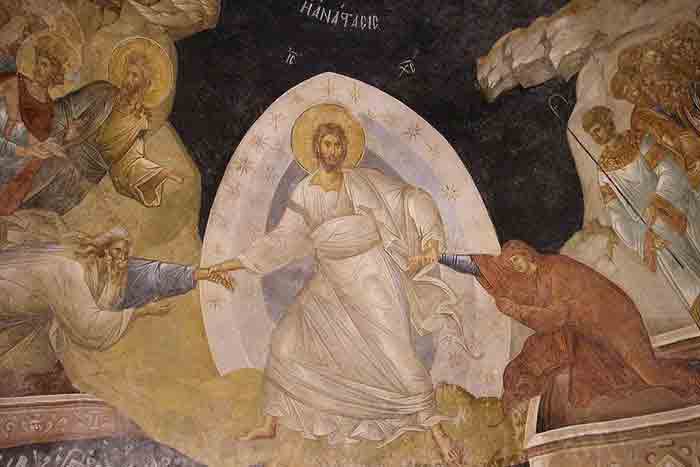The problem of race often concerns members of different national historiographic schools, who think that the ethnic origin of their people defines its place and role in the history of the region, the continent and the world. There are no strong arguments in support of this position and any super interpretation of the usually scarce data on ethnicity definitely leads to the well-known somber theories of the supremacy of some nations over others.
Anatomical anthropological characteristics should be treated with reservation because the corroboration of variance and the paleo differences among people of the same physical geographic and cultural historical zone call for ample statistical data, which are absent from the written and material sources of the epochs before Modem Time.
The ethnic consolidation of the Bulgarians was a long economic, social, political and spiritual process. It stabilized with the cooperation of different ethnic components, which joined the national core in the course of the “motion of civilization”, as might be expected in the Central Asian ethnic demographic melting pot.
The old thesis of a Mongolian origin of the Bulgarians is unsustainable. Investigations of ancient Bulgarian necropolises show generally Indo Iranian ethnic traits of the Bulgarian communities. Such a conclusion cannot exhaust the problem of the early history of the formation of the Bulgarians either, because even in the Indo Iranian contact zone, the ethnic elements are diverse.
Bulgarians and Bulgarian rulers
In any case, images of Bulgarians and Bulgarian rulers demonstrate Indo Iranian European features which, in combination with data from the necropolises, support the idea of the so-called initial Caucasian ethnic element. In other words, they support the idea that the Bulgarians belong to the white race of Euro Asia with some Mongoloid admix trues such as are found in Western Europe and Greece.
Such components as the Bulgarians encountered in the Balkan Peninsula contributed to the creation of their typical European anthropoid type. Those were Thracians and Slavs, as well as Greeks from the periphery around the big sea basins who became tolerant and mutually respectful compatriots. The crossroad position of the Bulgarian lands added the Goths to the bigger ethnic groups of the Bulgarians, Slavs and Thracians.
They were visibly present despite the fact that the majority of them moved to Italy at the end of the 5th century. A short note in a Byzantine source of the 11th century is quite interesting, stating that some Englishmen, veterans of the emperor`s guard, settled near the seashore to the north of Balchik. Their settlement was called New England. By the 13th century, the settlement is no longer mentioned in the sources, probably due to the assimilation of the Englishmen by the local Bulgarian population.
Read More about History of Bulgaria part 12








